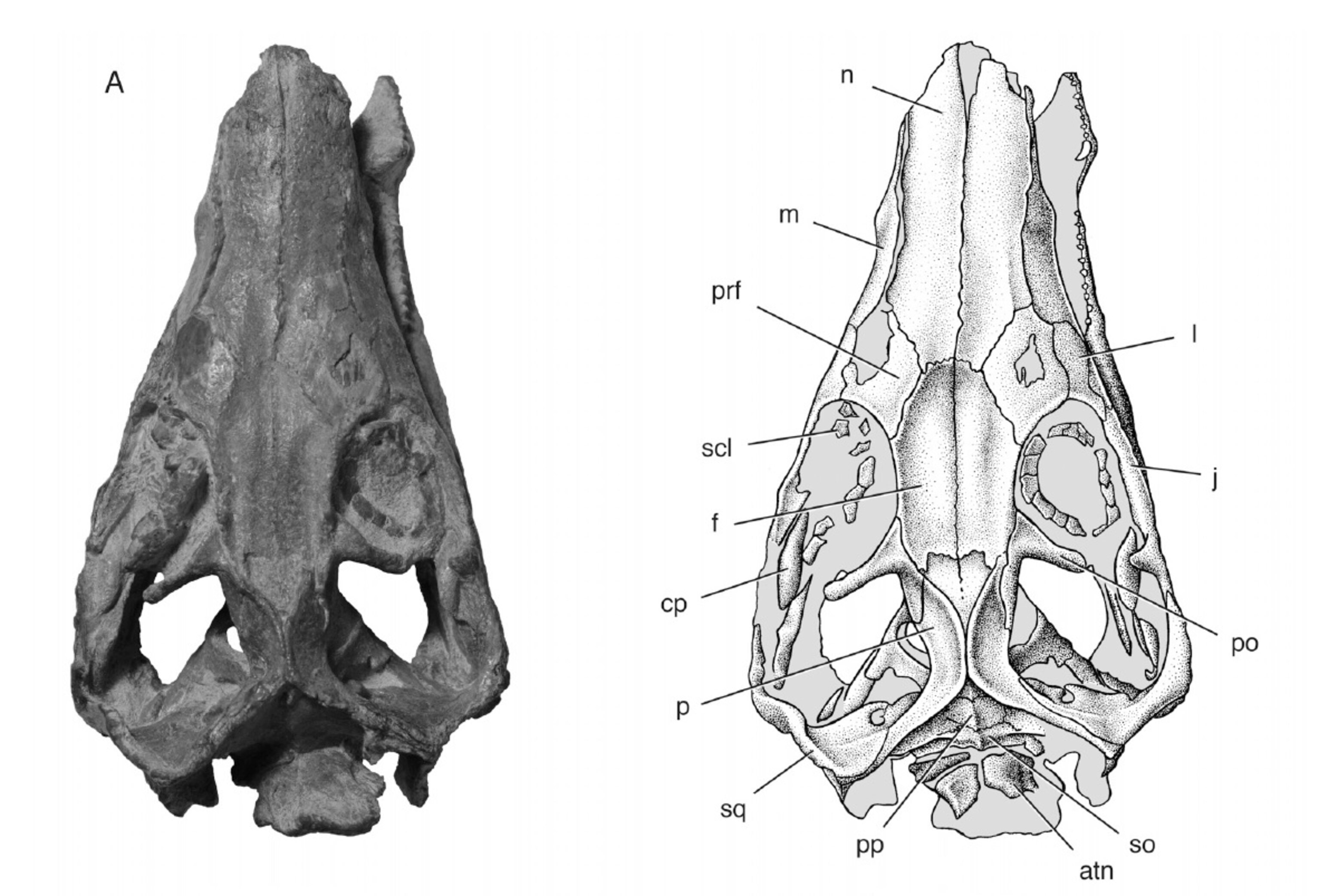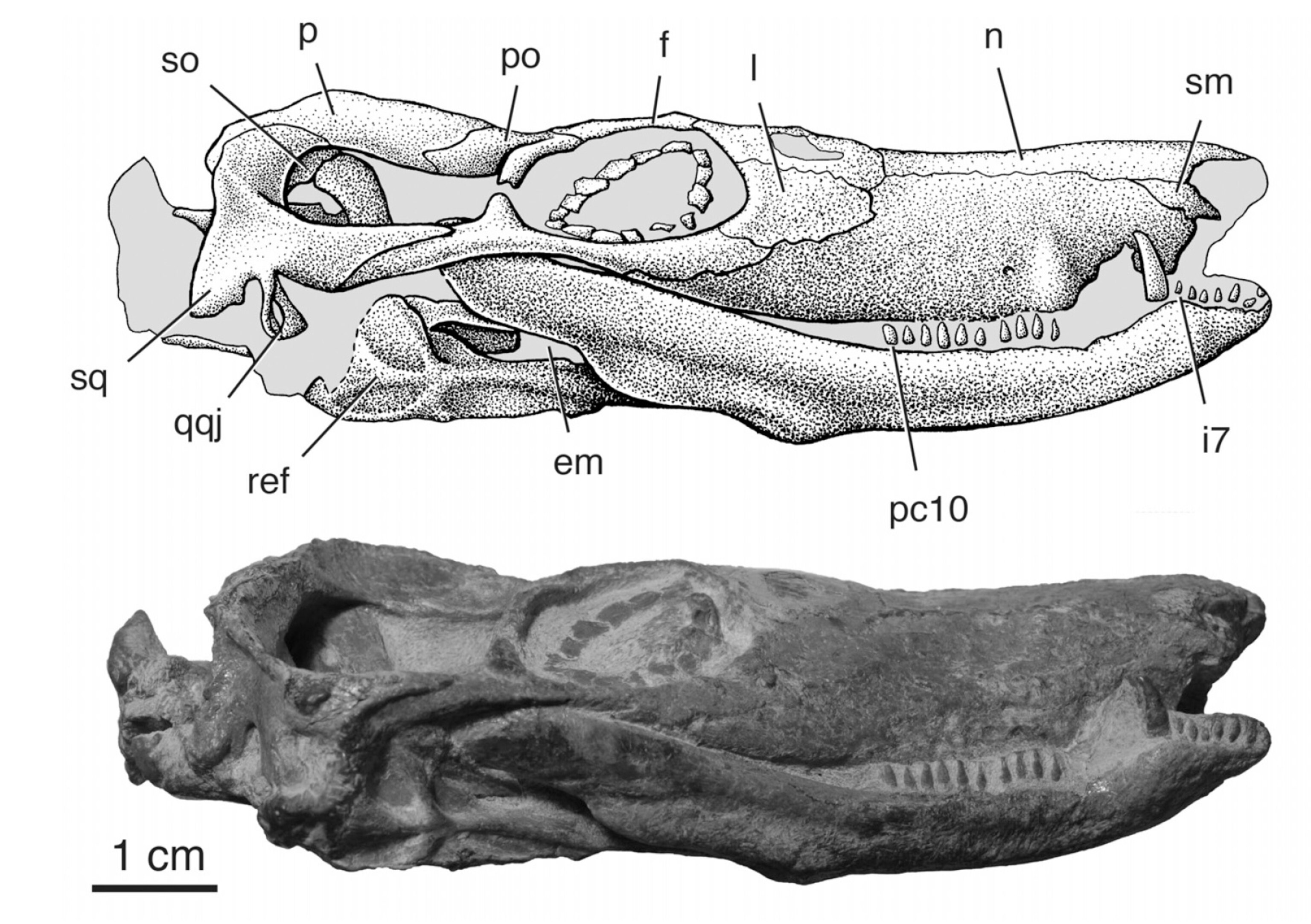There’s no foolproof way to avoid extinction. A disease, a global cold snap, an asteroid with a deadly trajectory – these are all things that every other species in the entire history of life hasn’t been able to foresee or plan for. One day the world changes, and only the lucky survive.
But there are a few ways that entire lineages of organisms have inadvertently made themselves resistant to extinction. One of the best, it seems, is to spread far and wide over the planet. At least then there’s a chance that some members of the family will persist in a refuge, able to stick it out through the worst of the extinction pulse.
This is just the sort of good fortune that was with the therocephalians. These were the “beast heads”, ancient protomammal relatives of ours that could be found all over the ancient Northern and Southern Hemispheres during the Permian period of Earth history. That distribution was helpful during the catastrophic mass extinction at the end of the Permian, around 252 million years ago, as some therocephalians managed to survive the disaster in pockets of prehistoric Africa, Europe, Asia, and Antarctica.
How and when did these ancient cousins of ours expand to inhabit so much of the Permian world? The fossil record has kept the answer a secret, but, paleontologists Adam Huttenlocker and Christian Sidor report, a new protomammal from Zambia helps flesh out the story.
They named the little creature Mupashi migrator. The protomammal wasn’t very big – you could have held it’s arrow-shaped skull in the palm of your hand – but it’s not the size that matters most. The closest known relatives of Mupashi, the paleontologists found, were species that lived in prehistoric Russia, far, far away from ancient Zambia. It’s a long-distance connection that hints at pathways, perhaps along the prehistoric coastlines, that let therocephalians disperse to different landmasses, and in time many of these animals split off into new forms. This was not preventative planning – the protomammals couldn’t have known what was coming – but they way they shuffled around the world gave them an edge when their world came crashing down.

Fossil Facts
Name: Mupashi migrator
Meaning: Mupashi is the Bemba word for spirit or ancestor, while migrator is a reference to the wide geographic range that the protomammal’s family occupied during the Permian.
Age: Between 259 and 254 million years ago.
Where in the world?: Northern Zambia.
What sort of critter?: A protomammal belonging to a group called karenitids.
Size: The skull is a little more than three inches long.
How much of the creature’s body is known?: A nearly-complete skull with several articulated neck vertebrae.
Reference:
Huttenlocker, A., Sidor, C. 2016. The first karenitid (Therapsida, Therocephalia) from the upper Permian of Gondwana and the biogeography of Permo-Triassic therocephalians. Journal of Vertebrate Paleontology. doi: 10.1080/02724634.2016.1111897
Previous Paleo Profiles:
The Unfortunate Dragon
The Cross Lizard
The Cross Lizard
The South China Lizard
Zhenyuan Sun’s dragon
Zhenyuan Sun’s dragon
The Fascinating Scrap
The Fascinating Scrap
The Sloth Claw
The Hefty Kangaroo
Mathison’s Fox
Scar Face
The Rain-Maker Lizard
“Lightning Claw”
The Ancient Agama
The Hell-Hound
The Hell-Hound
The Cutting Shears of Kimbeto Wash
The False Moose
“Miss Piggy” the Prehistoric Turtle
Mexico’s “Bird Mimic”
The Greatest Auk
Catalonia’s Little Ape
Pakistan’s Butterfly-Faced Beast
The Head of the Devil
Spain’s Megatoothed Croc
The Smoke Hill Bird
The Vereda Hilarco Beast
The North’s Sailback
Amidala’s Strange Horn
The Northern Mantis Shrimp
Spain’s High-Spined Herbviore
Wucaiwan’s Ornamented Horned Face
Alcide d’Orbigny’s Dawn Beast
The Shield Fortress
The Dragon Thief
The Purgatoire River’s Whale Fish
Russia’s Curved Blade
The Dawn Mole
The Oldest Chameleon
